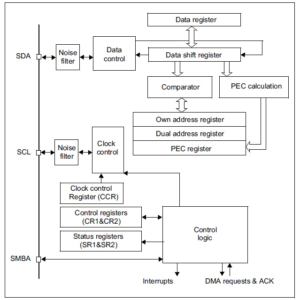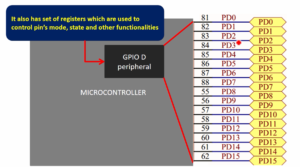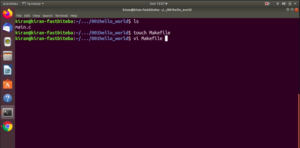Importance of Pull-Up Resistors in Microcontroller Circuits
Pull-up and pull-down resistors are passive electronic components used in digital circuits to ensure that a particular input to a microcontroller or other digital device remains in a defined logic state when it is not actively being driven by an external signal.
In this article, we’ll delve into the necessity and purpose of pull-up resistors in electronic circuits.
Pull-up resistors play a crucial role in microcontroller circuits and digital electronics in general. They are used to ensure the stable and predictable behavior of digital inputs and outputs.
Why pull-up resistors?
Here are the key reasons why pull-up resistors are important in microcontroller circuits:
- Defining Logic Levels
- Preventing Floating Inputs
- Reducing Power Consumption
- Enabling Open-Drain Outputs
- Facilitating Communication Protocols
- Enhancing Signal Integrity
Example:
Consider Figure 1, which illustrates a microcontroller (MCU) setup. One component, labeled as C1, is connected to PD8, serving as an input to the microcontroller.
Concurrently, another component, designated as R1, is linked to PD0, serving as an output from the microcontroller.
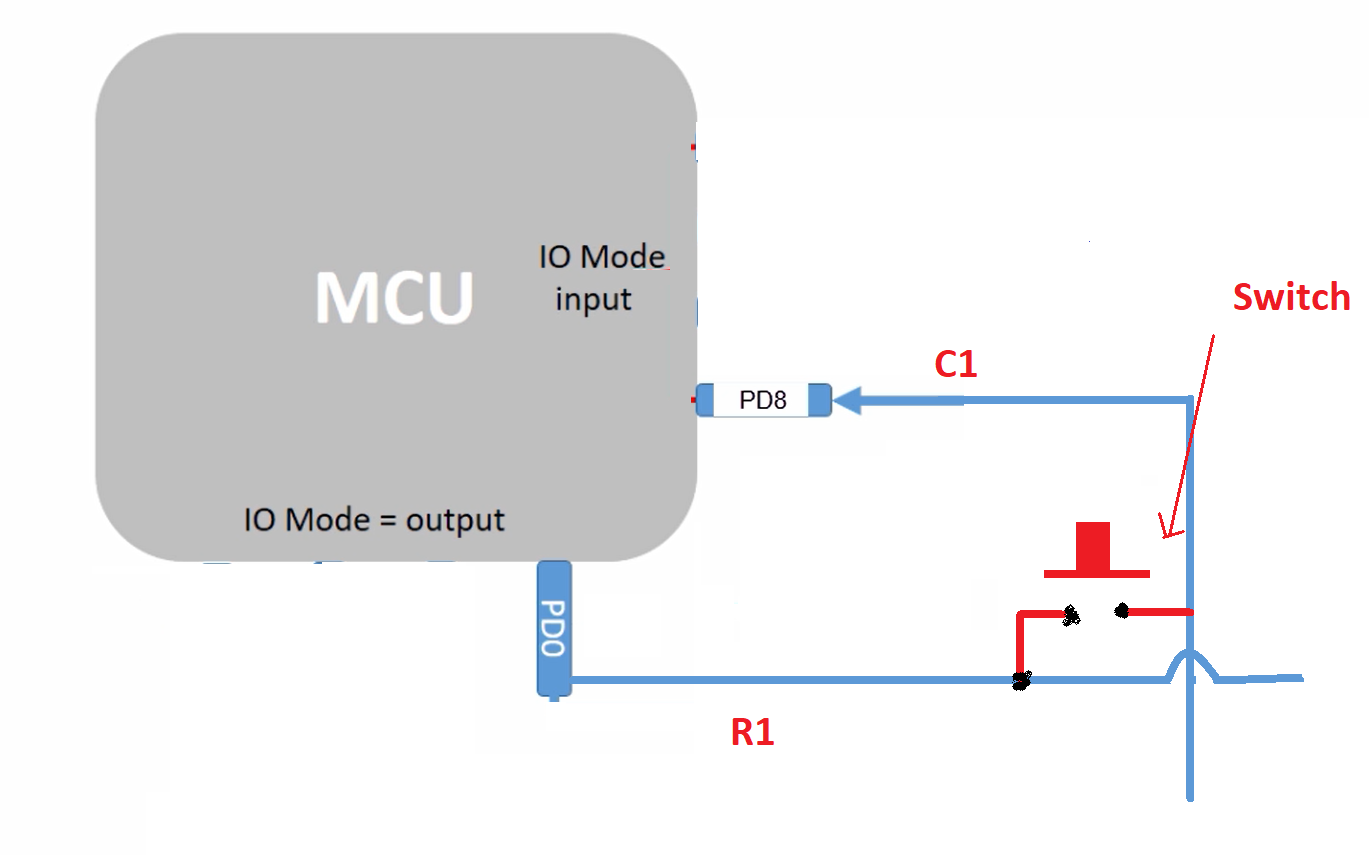
Now, let’s focus on the state of C1 when no key is pressed.
The state of C1 cannot be reliably determined.
Why is this the case?
C1 is either an open circuit or its pin is left floating. When a pin is left floating, it can inadvertently pick up random electrical noise from the surroundings, causing it to fluctuate unpredictably between high and low voltage levels.
When the key is not pressed, what is the state of C1?
You cannot read the state of the C1 properly.
Why?
Because C1 is an open circuit or the pin is floating. So, when the pin is floating, it can pick up random noise of the circuit and it can fluctuate between high and low.
That’s a reason when you read a floating pin, sometimes it shows high and sometimes it shows low. That’s why, whenever you are reading from a pin you should always avoid its floating state. That’s a reason why we should use pull-up resistors here. So, we have to avoid this initial state of a pin by giving it a proper state.
In this case, we avoid the floating state of a pin by giving a pull-up resistor between VCC and the pin. You can also give a pull-down resistor between the pin and the ground point.
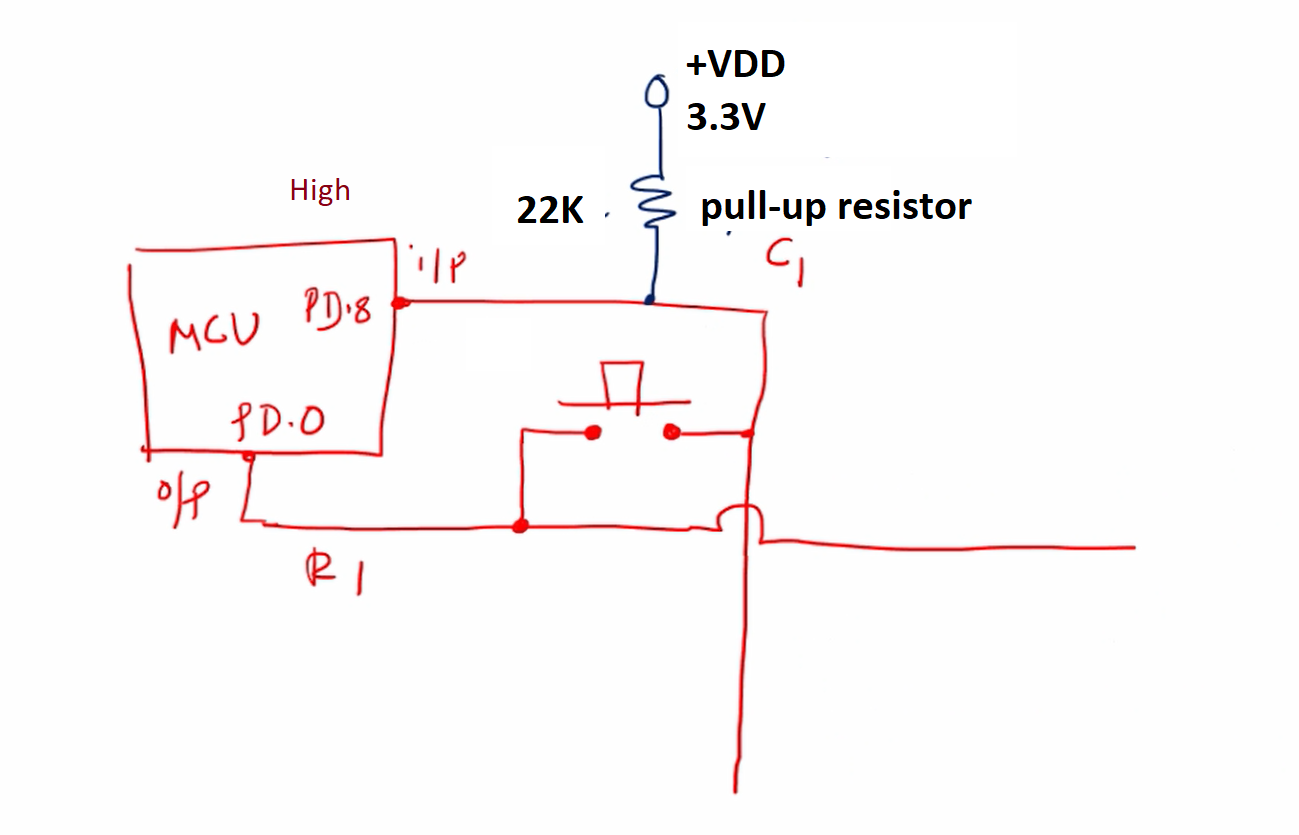
But in this case, I’m just connecting a resistor between a pin and +VDD which is 3.3v. And this pull-up resistor value should be very high, like 22K or something, or higher than that.
When the key is not pressed you can see that C1 has got the proper state, so that is +VDD. That’s why, whenever you read this pin PD8 when the key is not pressed, you always read high. So, that’s how you avoided the floating state.
Now we understand that the key not pressed = high. When the key is not pressed, and when you read C1, it returns high.
When the key is pressed, What happens?
There comes your logic.
That means that when the key is pressed, you should make sure that C1 is grounded. So, the key pressed =low.
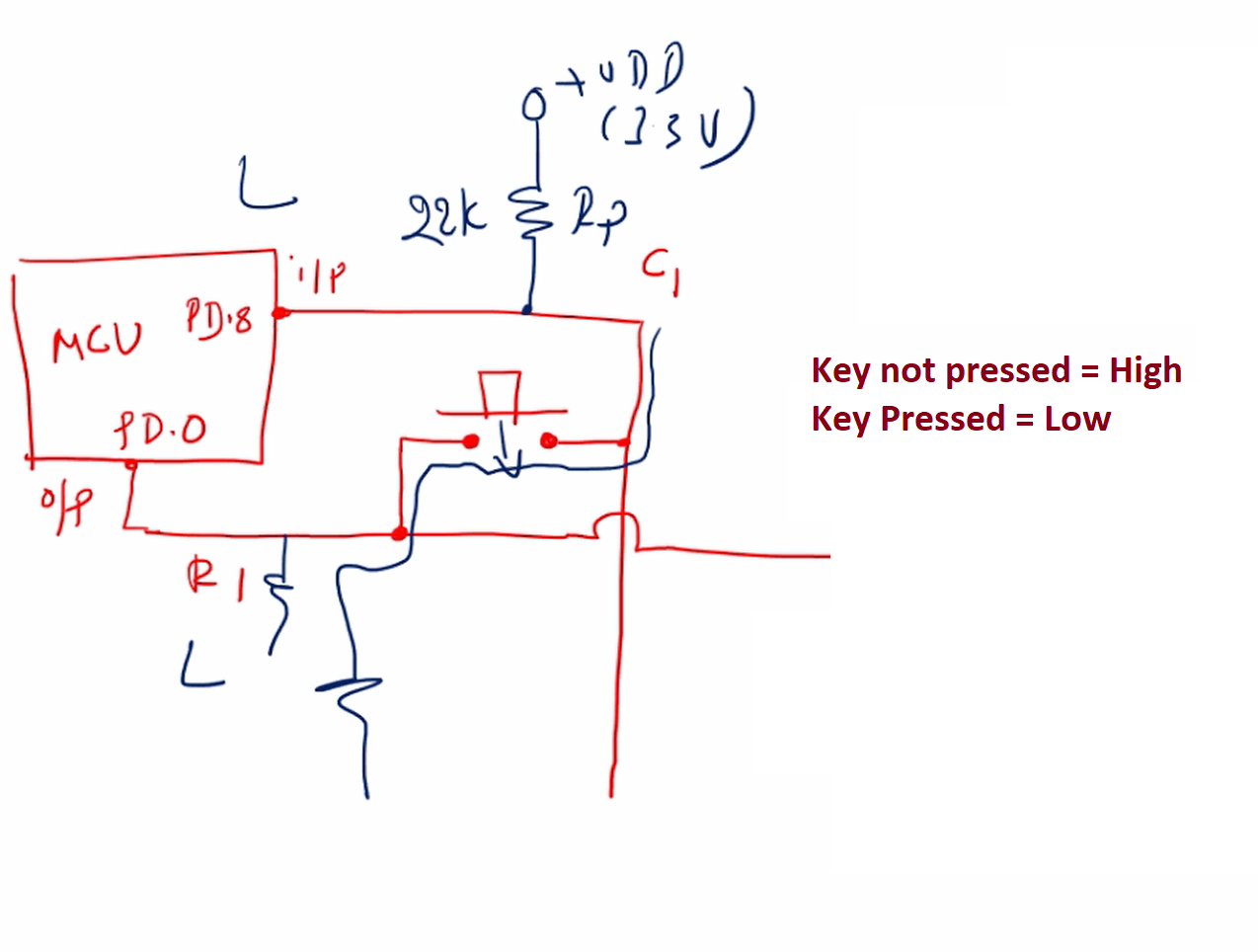
Now, you should make use of the output. So, your code has to make R1 grounded because it is an output you can control R1. Make R1 low.
So, when the key is pressed here, what happens here? C1 will be grounded and your input reads low. That’s how you distinguish between the key pressed and the key not pressed, high and low.
We need a pull-up resistor to avoid the floating state of an input pin.
Pull-Up Resistor:
- A pull-up resistor is connected between the input pin and the positive voltage supply (usually VCC or a logic high level).
- When the switch or input device is open (not pressed or connected), the pull-up resistor pulls the input voltage towards the logic high level, ensuring a reliable logic 1 (high) state.
- When the switch is closed or the input device is activated, it overrides the pull-up resistor’s effect and forces the input to a logic 0 (low) state.
Common use cases:
- Debouncing switches: Similar to pull-up resistors, they can be used to eliminate noise and bouncing when a switch is pressed or released.
- Default states: To ensure that an input or signal defaults to a known state when it’s not actively driven.
In the following article, let’s understand how to write code to detect different key press events.
Get Microcontroller Embedded C Programming Full Course on Here.
FastBit Embedded Brain Academy Courses
Click here: https://fastbitlab.com/course1

